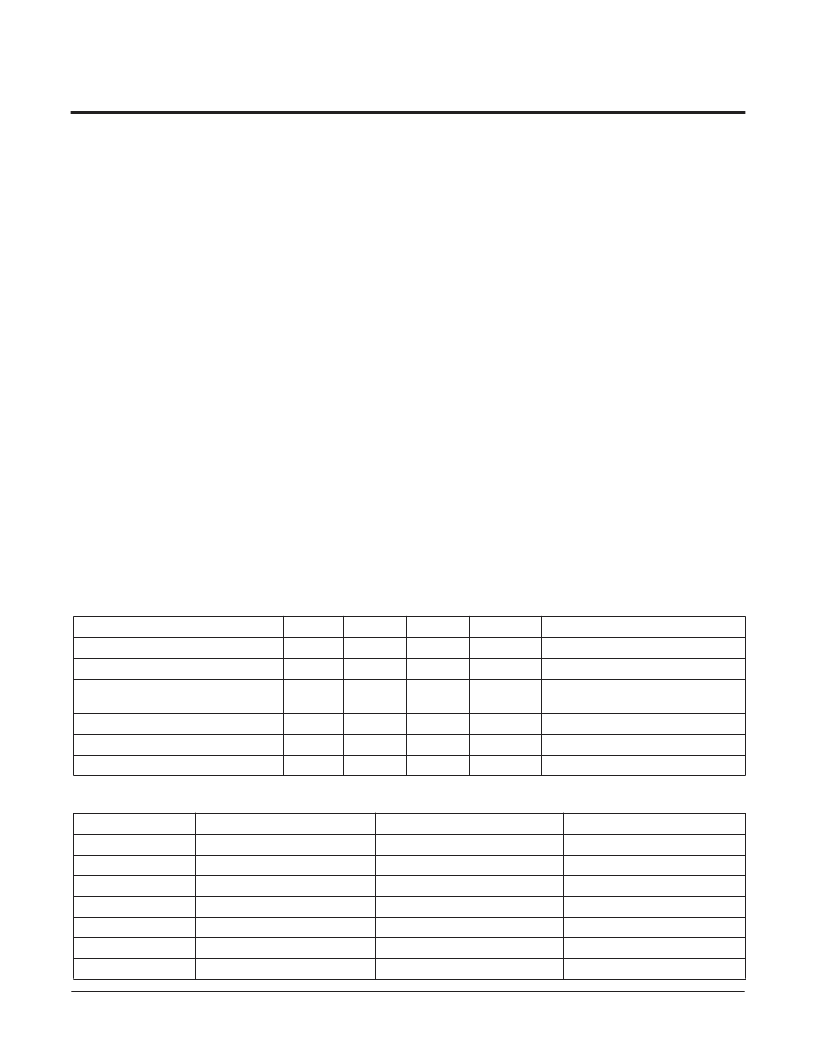- 您現(xiàn)在的位置:買賣IC網(wǎng) > PDF目錄371190 > X1228V14Z-4.5A (INTERSIL CORP) 16 Characters x 1 Lines, 5x7 Dot Matrix Character and Cursor PDF資料下載
參數(shù)資料
| 型號(hào): | X1228V14Z-4.5A |
| 廠商: | INTERSIL CORP |
| 元件分類: | XO, clock |
| 英文描述: | 16 Characters x 1 Lines, 5x7 Dot Matrix Character and Cursor |
| 中文描述: | 1 TIMER(S), REAL TIME CLOCK, PDSO14 |
| 封裝: | ROHS COMPLIANT, PLASTIC, MO-153AC, TSSOP-14 |
| 文件頁數(shù): | 24/31頁 |
| 文件大?。?/td> | 569K |
| 代理商: | X1228V14Z-4.5A |
第1頁第2頁第3頁第4頁第5頁第6頁第7頁第8頁第9頁第10頁第11頁第12頁第13頁第14頁第15頁第16頁第17頁第18頁第19頁第20頁第21頁第22頁第23頁當(dāng)前第24頁第25頁第26頁第27頁第28頁第29頁第30頁第31頁

X1228
REV 1.3 3/24/04
Characteristics subject to change without notice.
24 of 31
www.xicor.com
APPLICATION SECTION
CRYSTAL OSCILLATOR AND TEMPERATURE
COMPENSATION
Xicor has now integrated the oscillator compensation
circuity on-chip, to eliminate the need for external com-
ponents and adjust for crystal drift over temperature
and enable very high accuracy time keeping (<5ppm
drift).
The Xicor RTC family uses an oscillator circuit with on-
chip crystal compensation network, including adjust-
able load-capacitance. The only external component
required is the crystal. The compensation network is
optimized for operation with certain crystal parameters
which are common in many of the surface mount or
tuning-fork crystals available today. Table 6 summa-
rizes these parameters.
Table 7 contains some crystal manufacturers and part
numbers that meet the requirements for the Xicor RTC
products.
The turnover temperature in Table 6 describes the
temperature where the apex of the of the drift vs. tem-
perature curve occurs. This curve is parabolic with the
drift increasing as (T-T0)
2
. For an Epson MC-405
device, for example, the turnover temperature is typi-
cally 25 deg C, and a peak drift of >110ppm occurs at
the temperature extremes of –40 and +85 deg C. It is
possible to address this variable drift by adjusting the
load capacitance of the crystal, which will result in pre-
dictable change to the crystal frequency. The Xicor
RTC family allows this adjustment over temperature
since the devices include on-chip load capacitor trim-
ming. This control is handled by the Analog Trimming
Register, or ATR, which has 6 bits of control. The load
capacitance range covered by the ATR circuit is
approximately 3.25pF to 18.75pF, in 0.25pf incre-
ments. Note that actual capacitance would also
include about 2pF of package related capacitance. In-
circuit tests with commercially available crystals dem-
onstrate that this range of capacitance allows fre-
quency control from +116ppm to –37ppm, using a
12.5pF load crystal.
In addition to the analog compensation afforded by the
adjustable load capacitance, a digital compensation
feature is available for the Xicor RTC family. There are
three bits known as the Digital Trimming Register or
DTR, and they operate by adding or skipping pulses in
the clock signal. The range provided is ±30ppm in
increments of 10ppm. The default setting is 0ppm. The
DTR control can be used for coarse adjustments of
frequency drift over temperature or for crystal initial
accuracy correction.
Table 6. Crystal Parameters Required for Xicor RTC’s
Table 7. Crystal Manufacturers
Parameter
Min
Typ
32.768
Max
Units
kHz
ppm
Notes
Frequency
Freq. Tolerance
±100
Down to 20ppm if desired
Typically the value used for most
crystals
Turnover Temperature
20
25
30
°C
Operating Temperature Range
Parallel Load Capacitance
Equivalent Series Resistance
-40
85
°C
pF
k
12.5
50
For best oscillator performance
Manufacturer
Citizen
Epson
Raltron
SaRonix
Ecliptek
ECS
Fox
Part Number
CM201, CM202, CM200S
MC-405, MC-406
RSM-200S-A or B
32S12A or B
ECPSM29T-32.768K
ECX-306/ECX-306I
FSM-327
Temp Range
-40 to +85°C
-40 to +85°C
-40 to +85°C
-40 to +85°C
-10 to +60°C
-10 to +60°C
-40 to +85°C
+25°C Freq Toler.
±20ppm
±20ppm
±20ppm
±20ppm
±20ppm
±20ppm
±20ppm
相關(guān)PDF資料 |
PDF描述 |
|---|---|
| X1228V14IZ-4.5A | 16 Characters x 1 Lines, 5x7 Dot Matrix Character and Cursor |
| X1228V14Z-2.7A | EXT. DISTANCE DATA CABLE 25 CO |
| X1228S14Z-2.7T1 | EXT DIST RS232 DATA CBL DB25 MALE - DB25 FEMALE |
| X1228V14I-2.7A | RTC Module With CPU Supervisor |
| X1228V14I-4.5A | DIODE 05 TVS SO8 |
相關(guān)代理商/技術(shù)參數(shù) |
參數(shù)描述 |
|---|---|
| X1228ZY WAF | 制造商:Intersil Corporation 功能描述: |
| X122K | 制造商:IQD Frequency Products 功能描述:CRYSTAL OSCILLATOR 12.288000MHZ |
| X122-SERIES | 制造商:未知廠家 制造商全稱:未知廠家 功能描述:Peripheral IC |
| X123-133.33M | 制造商:CONNOR-WINFIELD 制造商全稱:Connor-Winfield Corporation 功能描述:5.0x7.0mm Surface Mount LVCMOS Clock Oscillator Series |
| X123241-RDS | 制造商:Honeywell Sensing and Control 功能描述:ATOM & PROX |
發(fā)布緊急采購(gòu),3分鐘左右您將得到回復(fù)。